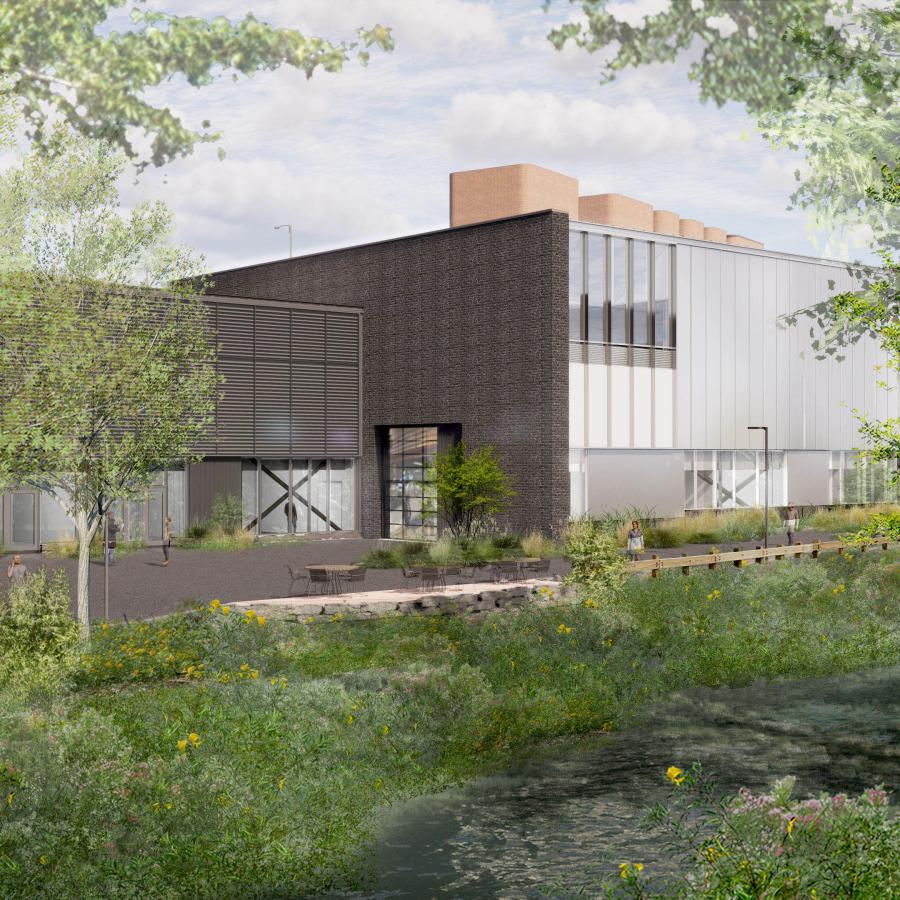Advances in synchrotron instrumentation and techniques developed by the CHEXS scientific and technical staff as well as the scientific advances made by CHEXS users both contribute to the intellectual merit of CHEXS.
Materials Research: Spontaneous Gyrotropic Electronic Order in 1T-TiSe₂
Chirality – or handedness – is a symmetry property in nature that can be found in many forms and on many length scales, from the spiral-staircase design of DNA to extended spiral galaxies. It simply means that a chiral system is non-superposable on its mirror image. It has long been debated whether the electrons inside a material responsible for conducting electric current can spontaneously develop chirality, even if the atomic structure of the crystal itself is not chiral. Theory predicts that this type of “spontaneous gyrotropic electronic order” can exist, but experimental evidence has been controversial. Now, a team of researchers lead by Nuh Gedik’s group (MIT) have demonstrated using experimental capabilities at CHEXS spontaneous chiral symmetry breaking by electrons in a material called 1T-TiSe2, despite its non-chiral crystal structure. They employed a new measurement technique, the “circular photogalvanic effect”: A change in photocurrent is measured when the helicity of light is flipped, which can only occur if the electrons in the material are chiral. Read More.
Engineering Research: Unsupervised Learning of Dislocation Motion
The utility of diffraction experiments probing engineering alloys during in-situ processing is limited in that the analysis of the measured data extracts only a fraction of the encoded information about the microstructure at any given time. Rather than analyze diffraction data with a physics-based X-ray model to try to extract structural information chosen a priori, a team comprised of researchers from CHEXS, Cornell, and NIST used the unsupervised learning technique, locally linear embedding (LLE), to condense X-ray data down to critical microstructural (dislocation configuration) evolution information. The LLE method finds a set of coordinates in a lower-dimensional space that maintains the local neighborhood character (similarity or dissimilarity) of nearby data observations. While LLE will determine similarity in a tractable representation, physical understanding still comes from discovering what underlying features or physical processes maintain the neighborhood character. Read More.
Biological Research: Research related to COVID-19
Reflecting the impact of the COVID-19 pandemic, the research efforts in June at NSF supported beamlines (HPBio/FlexX, HPBio/BioSAXS) focused on Cornell University approved COVID-19 research. A collaboration between CHEXS, MacCHESS and MacCHESS PI Prof. Richard Cerione’s (Cornell) research group studied a family of drugs that target enzymes (Glutaminase). These enzymes play an essential role in the metabolism of cancer cells – and, as it turns out, viruses such as SARS-CoV-2, the virus that causes COVID-19. Room temperature is important as the potency of these drug candidates varies by a factor of 50 but their (cryogenic) crystallographic structures are indistinguishable. The room temperature crystallographic studies were complemented by biological small angle scattering (SAXS) measurements at the BioSAXS beamline. Conformations and oligomeric states might be affected in ways that cannot be seen in macromolecular crystallography studies and SAXS in solution can serve as a rapid and easy screening technique to identify possible structural changes induced by candidate drugs. Read More.

